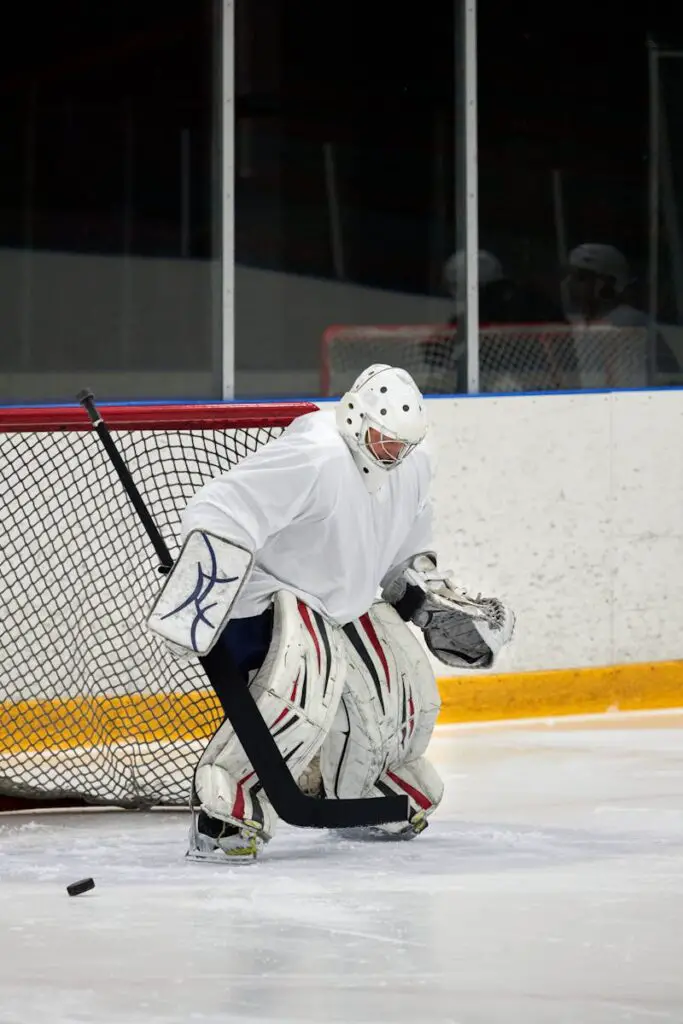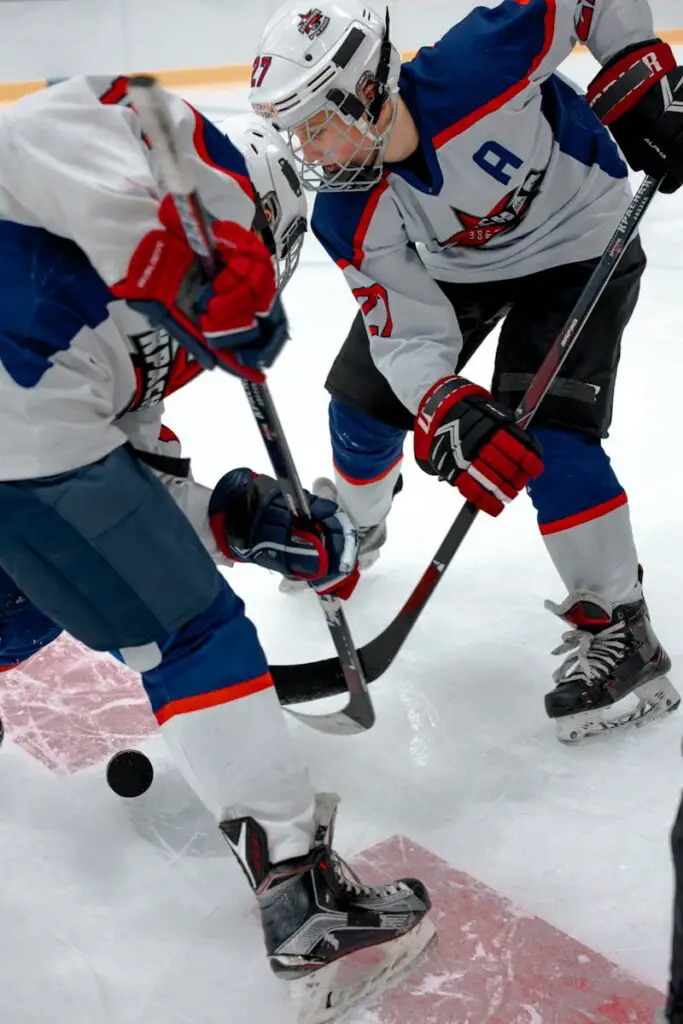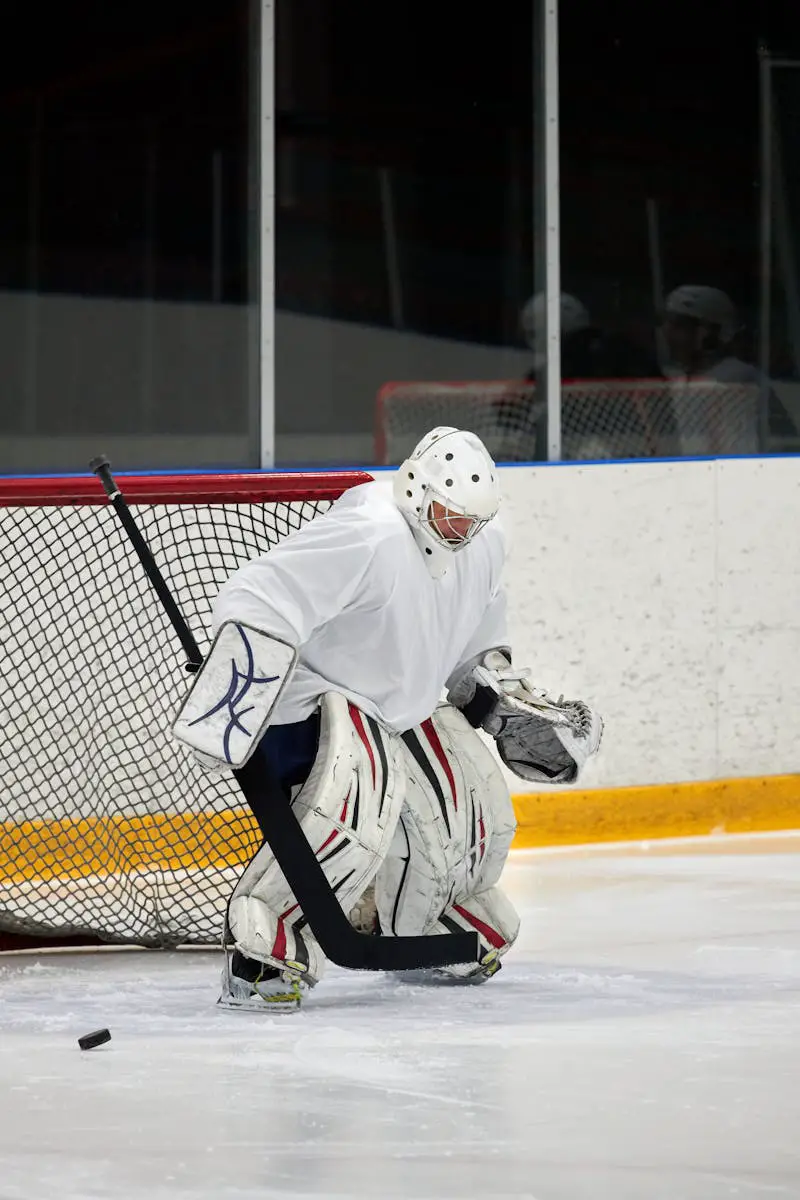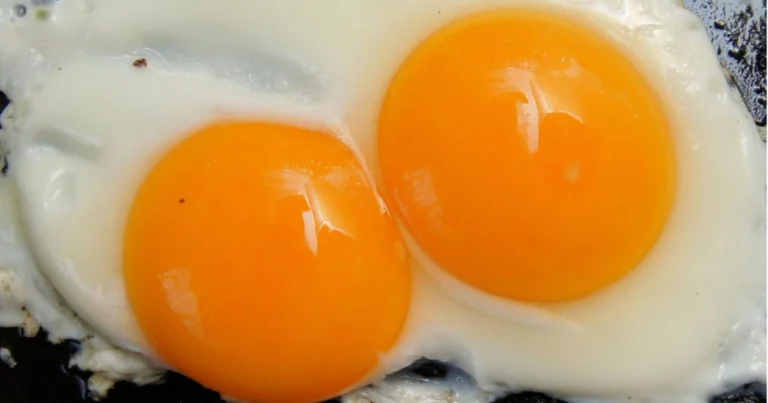Exploring Lightweight vs. Heavyweight Pucks in Hockey: A Comprehensive Guide
From the budding rink rats to the seasoned pros, every hockey player knows that the weight of the puck can spell the difference between a power play and a missed opportunity. But what’s the right weight for you? Should you be training with a lightweight puck to finesse those quick-kill toe-drags, or does knocking around a heavyweight frozen disc suit your off-wing one-timer better? Debates have circled the ice on this matter for decades without a clear winner. Today, we lace up our skates and hit the virtual ice to settle this score in an in-depth look at lightweight versus heavyweight pucks in hockey training and gameplay.

Understanding Puck Weight
Before we break down the intricacies of puck weight in relation to your game, it’s crucial to understand the basics.
What Is a Lightweight Puck?
A lightweight puck, often weighing less than a standard 6-ounce disc, is designed to help skaters improve their stickhandling and passing abilities. These pucks are typically made from plastic or other high-impact materials, making them ideal for practice both on and off the ice.
What Is a Heavyweight Puck?
On the opposite end of the spectrum, heavyweight pucks are made to mimic the heft and feel of a regulation puck. These are substantially heavier, usually twice or even three times the weight of a standard puck, and serve as a strength and power training tool for on-ice shooting and passing drills.
Puck Weight and Its Role in Skill Development
The weight of the puck is directly related to the level of training and the specific skills you hope to improve. Lighter pucks aid in refining the delicate art of stickhandling and quick puck control, while heavier pucks build strength and enhance shooting prowess.
Pros and Cons of Lightweight Pucks
Lightweight pucks are a favorite of many coaches and players for their versatility in training. Yet, every pro comes with its con, and the same is true for lightweight pucks.
Pros
- Stickhandling Prowess: Lightweight pucks allow players to perfect their toe-drags, quick crossovers, and swift dekes, thanks to their manageable weight.
- Wrist Strength and Agility: Practicing with these pucks can improve the player’s wrist strength, leading to faster and more controlled wrist shots.
Cons
- Reduced Shot Power: One of the most significant trade-offs is that players who train with lightweight pucks may experience a decrease in shot power when transitioning back to regulation pucks.
Pros and Cons of Heavyweight Pucks
For those looking to add power to their shots and passes, nothing quite beats the heft of a heavyweight puck. However, there’s always a trade-off.
Pros
- Shot Power and Accuracy: By regularly training with heavier pucks, players can increase the power and precision of their shots, leading to more scoring opportunities.
- Muscle Strength and Endurance: The additional weight provides a muscular workout, enhancing overall upper body strength and endurance on the ice.
Cons
- Puck Control and Maneuverability Challenges: Heavy pucks can be more challenging to control, especially at high speeds or during intricate puck-handling drills.

Choosing the Right Puck for Your Needs
Selecting the right puck isn’t a one-size-fits-all decision. Several crucial factors should influence your choice, including your skill level, training objectives, and playing position.
Skill Level and Objectives
Beginners and players focused on technical finesse might lean towards incorporating lightweight pucks into their practice regimen. On the other hand, more advanced players striving for powerful, nuanced shots may prefer the benefits of heavyweight pucks.
Playing Position Considerations
Defensemen and forwards have starkly different roles on the ice, and this should inform their puck weight preferences. Defensemen might benefit from the control and weight of a regulation puck, whereas forwards specializing in quick plays and fast shots might opt for a lighter practice puck.
Finding the Balance
Ultimately, the best approach may be finding a balanced training routine that incorporates both lightweight and heavyweight pucks. By doing so, players can experience the diverse range of benefits while minimizing the drawbacks associated with using a single type of puck. This approach fosters a more comprehensive skill set that’s adaptable to the varied demands of competitive play.
Incorporating Lightweight and Heavyweight Pucks in Practice Routines
Crafting an effective practice routine is as crucial as the tools you use. Here’s how you can rotate between lightweight and heavyweight pucks for optimal development:
- Warm-Up and Skill Drills: Initiate your session with lightweight pucks for effective warm-up exercises and refining agility and dexterity.
- Power Development: Transition to heavyweight pucks to enhance shot strength and touch. Focus on power drills and shooting accuracy.
- Skill Integration: Use regulation pucks intermittently to transfer the refined skills from lightweight and heavyweight training into a coherent game application.
Conclusion
The battle between lightweight and heavyweight pucks in hockey is not one of clear winners or losers. Each serves a unique purpose in the development of a hockey player’s skills. By understanding the roles these pucks play and considering the various pros and cons, players can make informed decisions that will advance their game.
Remember that hockey, at its core, is a game of adaptation and versatility. Instead of pledging allegiance to only one type of puck, the best approach is to find a harmonious blend that suits your evolving goals and on-ice persona. Experiment, refine, and skate forward with the confidence that comes from a well-rounded training program.
For the passionate hockey community, whether you favor the lightweight puck dance or the heavyweight puck power play, the ultimate win is the personal satisfaction and growth you attain through dedication and smart training practices. Lace up, choose your puck, and hit the ice — after all, the puck stops here… but your potential keeps skating forward.






